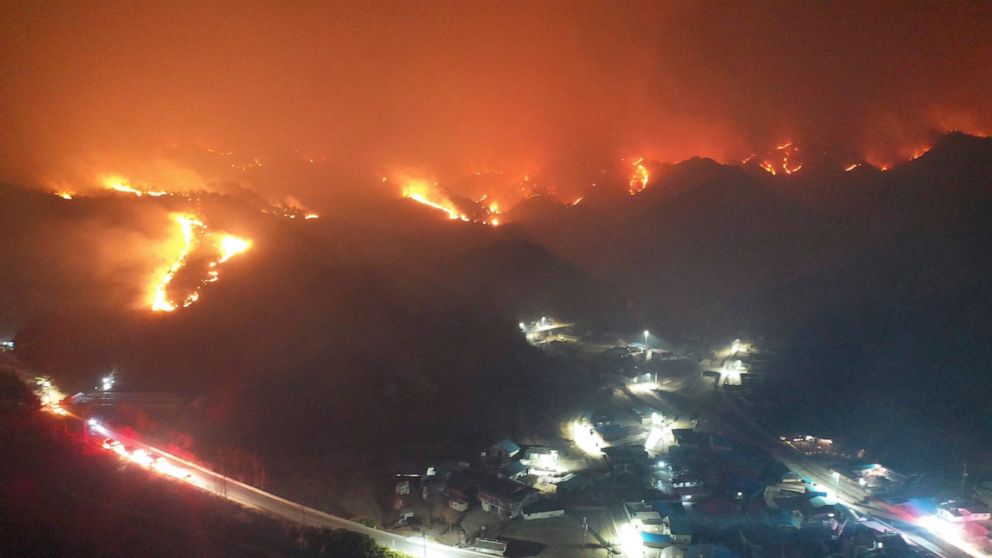[ad_1]
“A extreme lack of rainfall between 2019 and 2021 was the core driver of drought and low river flows, however dam restrictions throughout this era considerably impacted moist season circulate and exacerbated drought situations all through the basin,” says a report launched Friday by the Mekong Dam Monitor underneath Stimson Middle.
Stimson Middle has operated the Mekong Dam Monitor (MDM) since late 2020.
MDM’s pure circulate fashions present that moist season peaks had been significantly decrease in 2019 to 2021 than many of the earlier years.
When precise gauge knowledge for Chiang Saen in Thailand and Vientiane in Laos are in comparison with pure circulate ranges, noticed river ranges throughout the moist season throughout this era are a lot decrease than what pure situations would offer.
The distinction is the results of upstream dams which cut back the Mekong’s moist season pulse. Regardless that there was a drought, the dam operators additionally severely restricted the already-limited water circulate to fill their reservoirs.
“This drastically compounded the impression of the drought downstream,” the report mentioned.
For instance, at Chiang Saen, throughout the 2019-2021 drought years, precise water circulate was decrease than pure (undammed) river circulate would have been. Water restrictions behind upstream dams considerably diminished moist season circulate peaks.
The sample continued downstream at Vientiane, Laos, and decrease flows had been additionally noticed far downstream at Stung Treng, Cambodia throughout the drought years.
 |
|
Decrease flows noticed downstream at Stung Treng, Cambodia, throughout the drought years. Graph by Stimson Middle |
Sufficient water in China dams
MDM knowledge exhibits that giant storage dams, together with Xiaowan and Nuozhadu in China, usually operated the identical method yr after yr no matter low circulate and drought situations downstream.
In 2018 and 2020, Xiaowan and Nuozhadu held related quantities of water (over 20 billion cubic meters), although 2018 was a yr with above common rainfall and 2020 was the driest yr on file.
Due to this fact, it diminished the quantity of water in decrease Mekong.
In 2018, complete moist season circulate to Stung Treng in Cambodia would have been 5 p.c increased with out the Xiaowan and Nuozhadu dams. However water circulate would have been 9.3 p.c increased in 2020 with out them as a result of the yr was so unusually dry. So China’s dams held the identical quantity of water again in a drought yr as a non-drought yr.
Moreover, in 2021, with out upstream dam restrictions, the circulate at Stung Treng would have been 294 cubic kilometers, 11 p.c increased than what was recorded on the MRC gauge. Xiaowan and Nuozhadu accounted for nearly twice as a lot of the lacking water in comparison with 43 different dams tracked within the MDM.
“The sample (of holding the identical water quantity) continues regardless of the 2021 drought,” the report says.
Concerning the impression on downstream international locations, the report says that throughout the moist season, floods drive essential processes within the Mekong such because the Tonle Sap reversal, an occasion which makes the Tonle Sap Lake the world’s largest and most efficient inland fishery.
As well as, pure moist season floods drive agricultural manufacturing within the Mekong Delta, which offers Vietnam with 20 p.c of its annual GDP, half of its rice manufacturing, and most of its fruits and aquaculture.
 |
|
Water storage on the Xiaowan Dam over time. Graph by Stimson Middle |
[ad_2]
Source link















